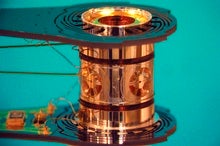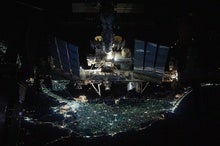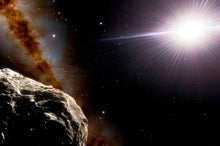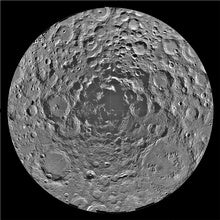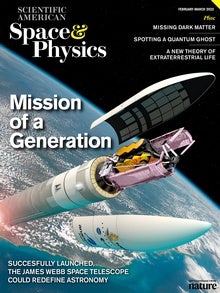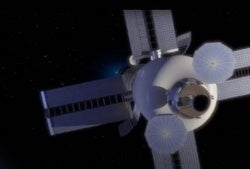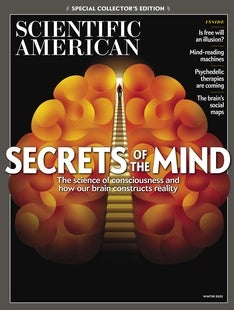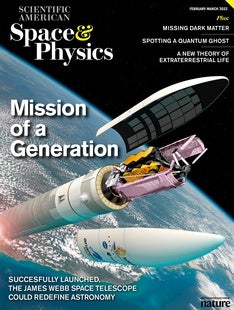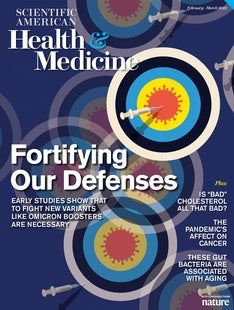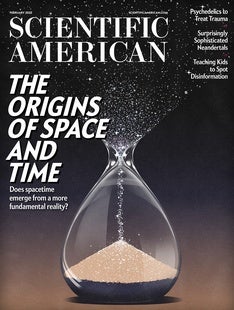 |
| February 03, 2022 |
Dear Reader,
This week, we're looking for black cats hiding in a darkened room. Well, not really, but that's close to what a certain subset of astronomers have been doing in their decades-long search for black holes wandering between the stars. Our best models of how black holes are born predict that some simply must be ejected at high speed from their natal environs, to drift alone forevermore through the void. But being, well, black and rather small, none of these cosmic nomads has ever conclusively been found. Until now, that is—as detailed in our lead story about the first unambiguous discovery of a free-floating black hole. Elsewhere, we have coverage of a nuclear-fusion milestone, the eventual demise of the International Space Station, a newfound asteroid hitchhiking alongside Earth and more. |
| |
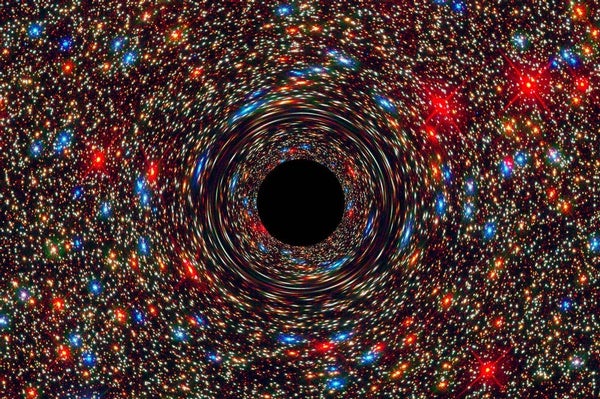 |
| |
| |
| |
| |
| |
| |
| |
FROM THE STORE
 | | | |
| |
| |
FROM THE ARCHIVE
 | | | |
LATEST ISSUES
 |
| |
| Questions? Comments?  | |
| Download the Scientific American App |
| |
| |



